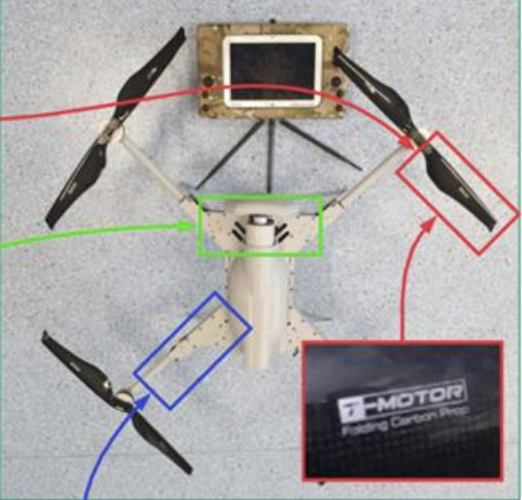
Credit: U.N.
A Turkish quadcopter in fully autonomous mode may have attacked retreating forces in Libya last year, according to a United Nations (U.N.) report. An STM Kargu-2 operated by forces with the Libyan Government of National Accord (GNA) “hunted down and remotely engaged” combatants identified as Haftar...
Subscription Required
This content requires a subscription to one of the Aviation Week Intelligence Network (AWIN) bundles.
Schedule a demo today to find out how you can access this content and similar content related to your area of the global aviation industry.
Already an AWIN subscriber? Login
Did you know? Aviation Week has won top honors multiple times in the Jesse H. Neal National Business Journalism Awards, the business-to-business media equivalent of the Pulitzer Prizes.





